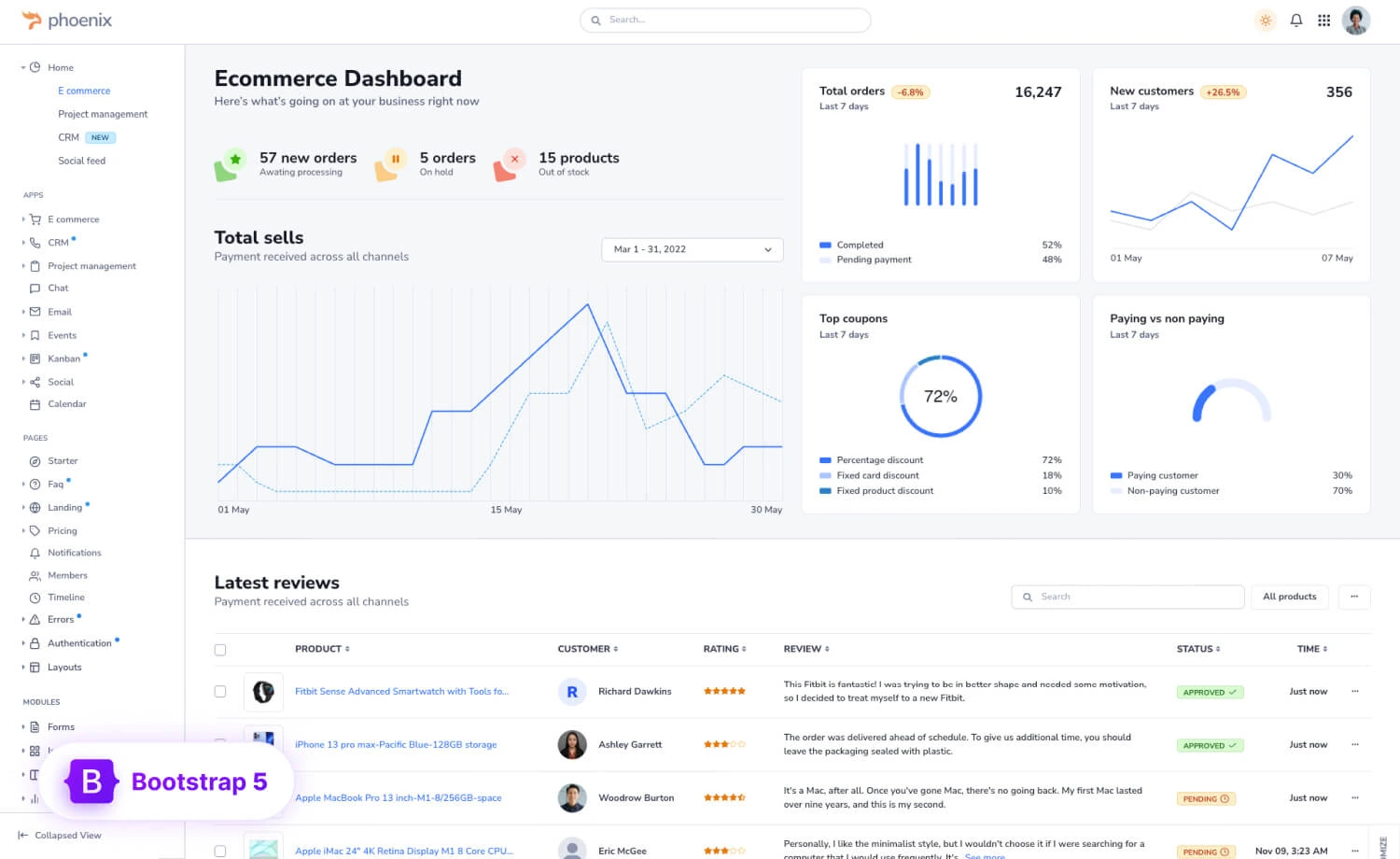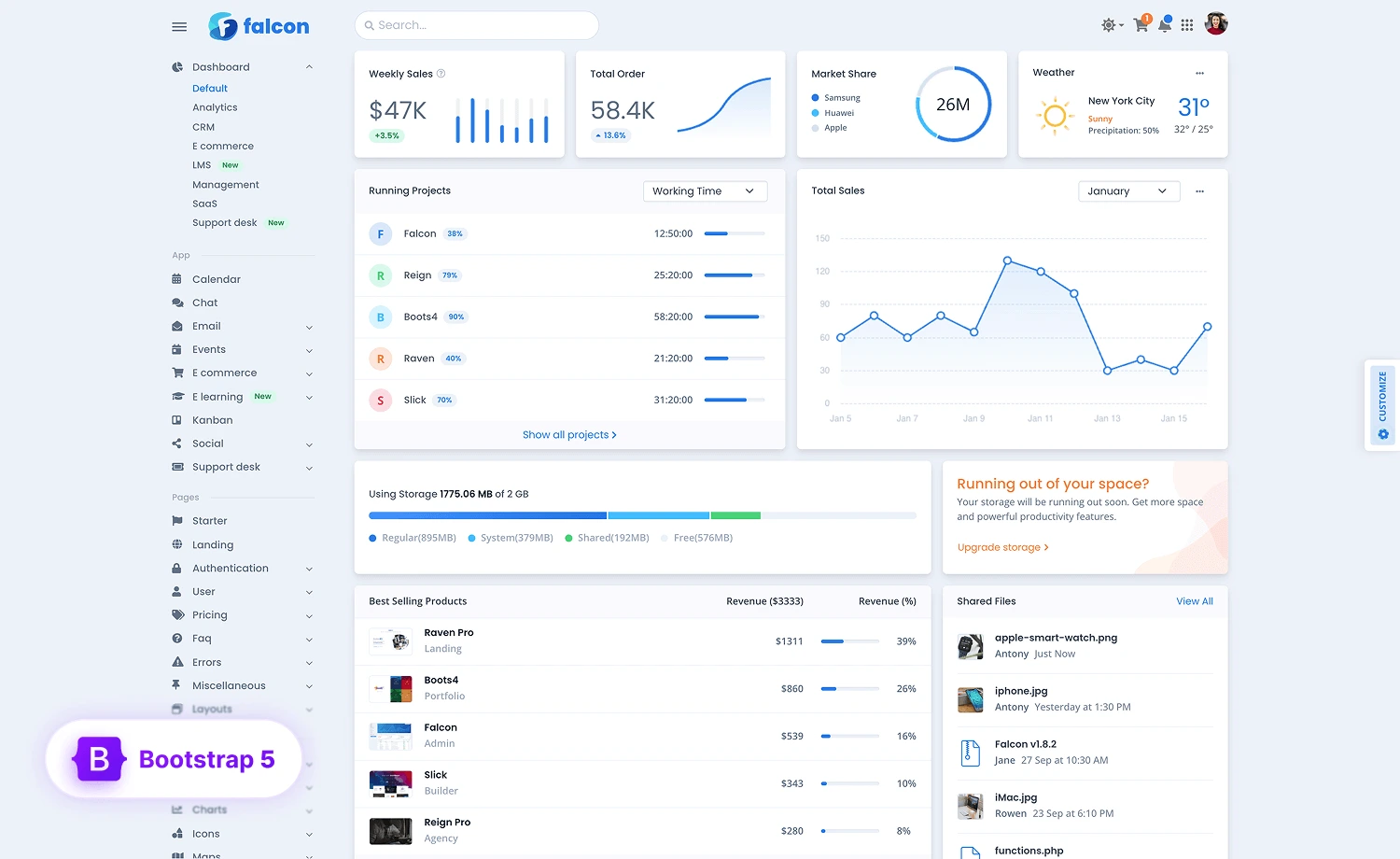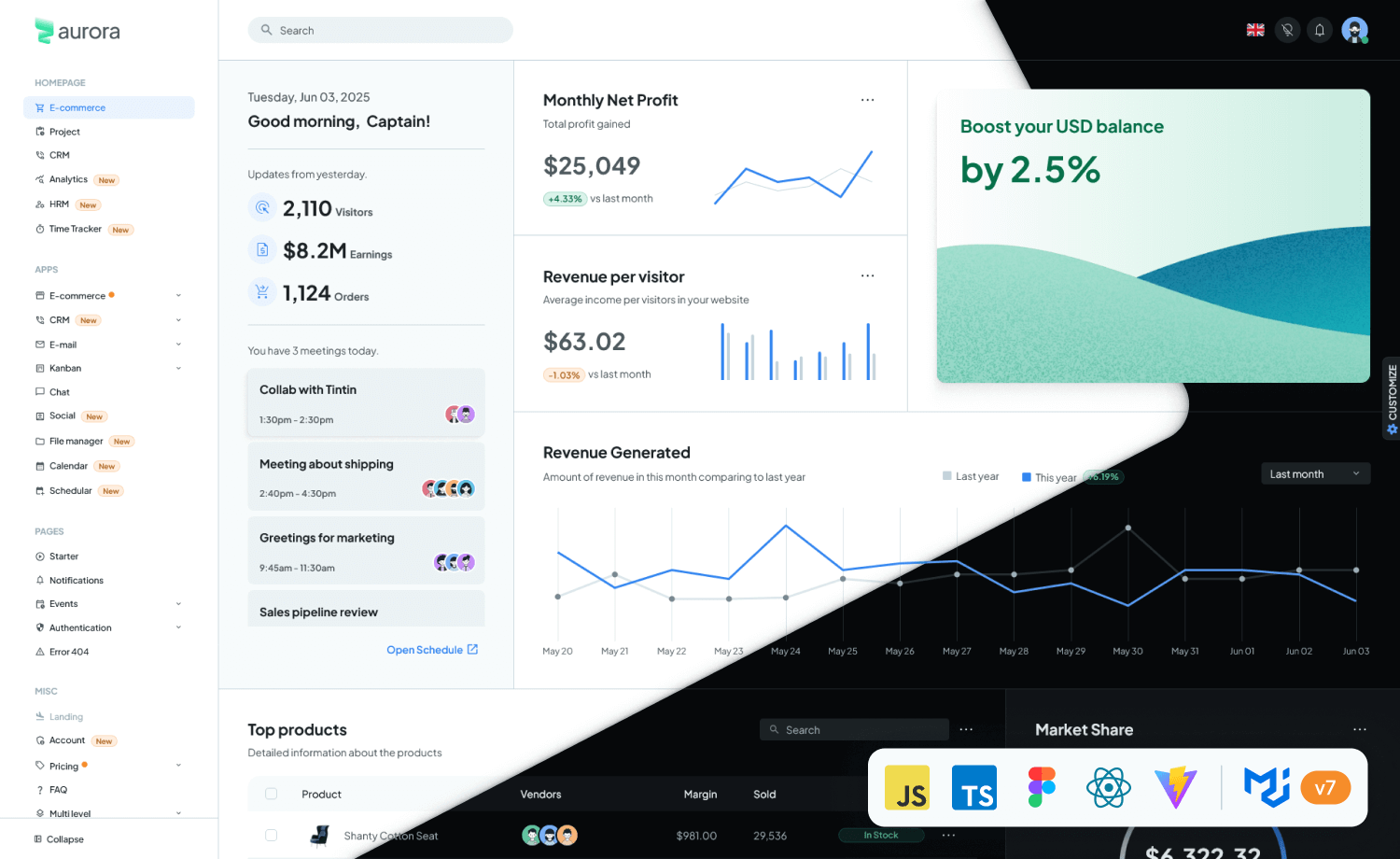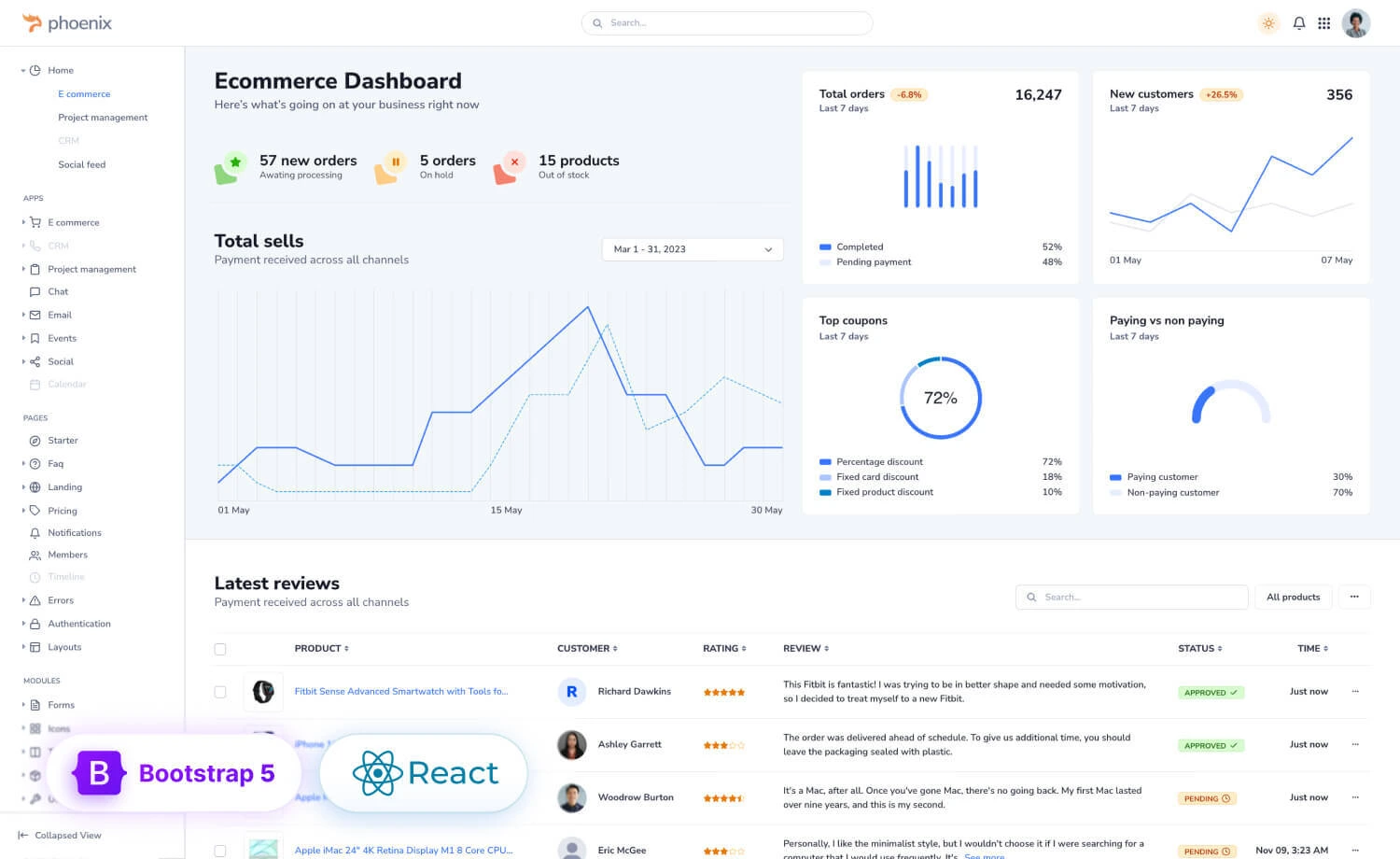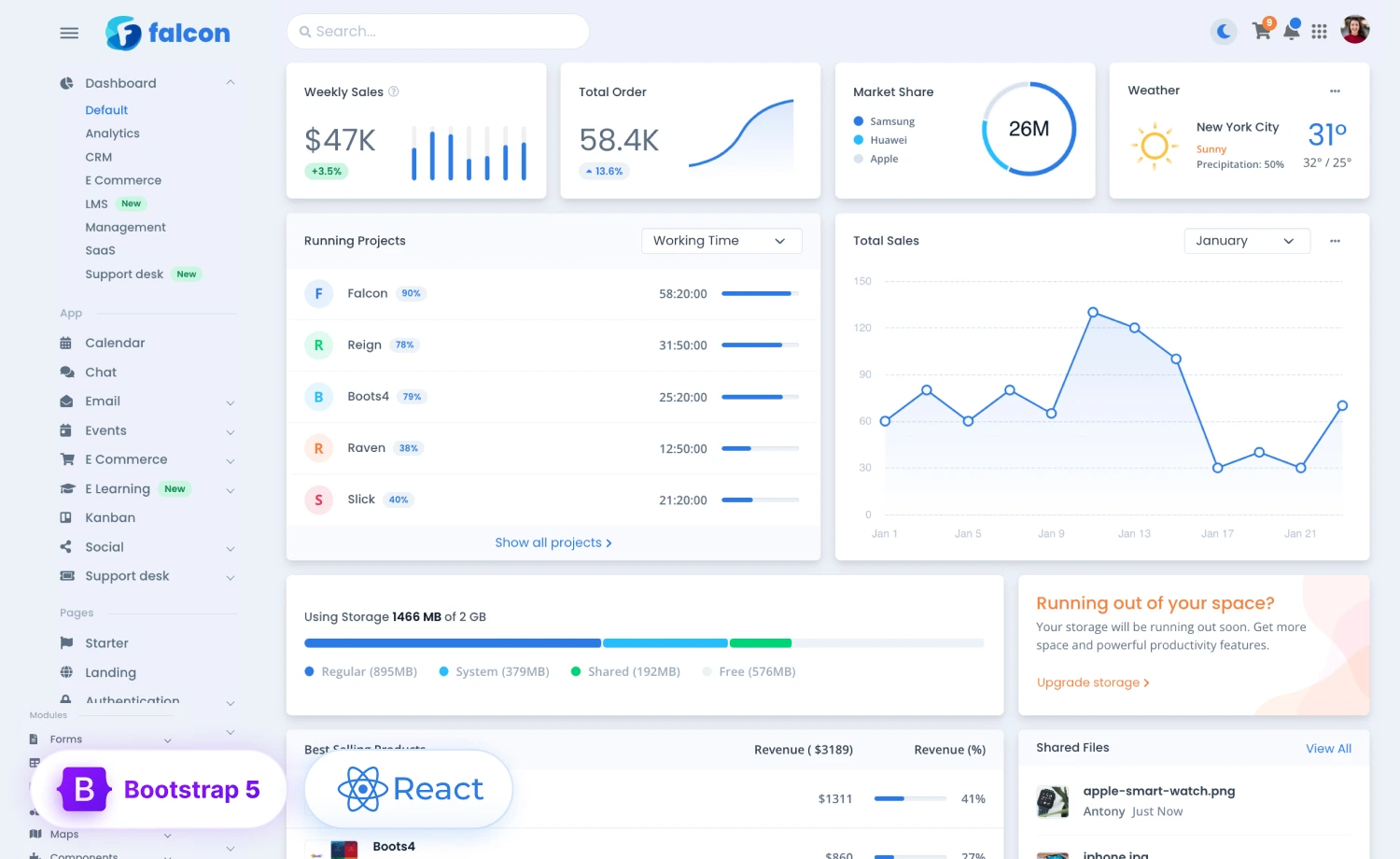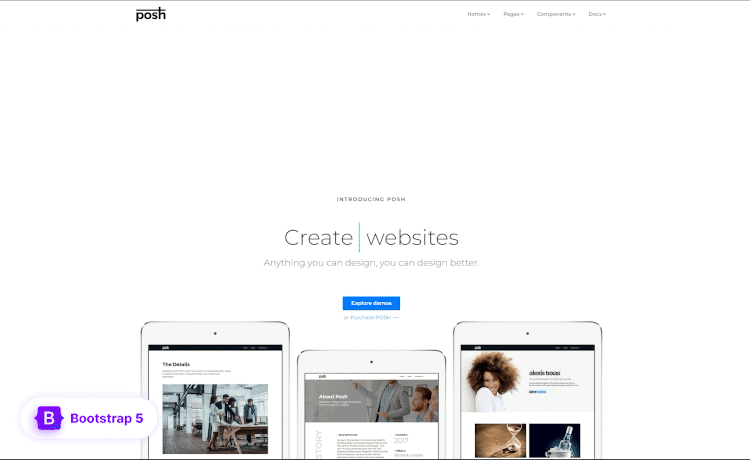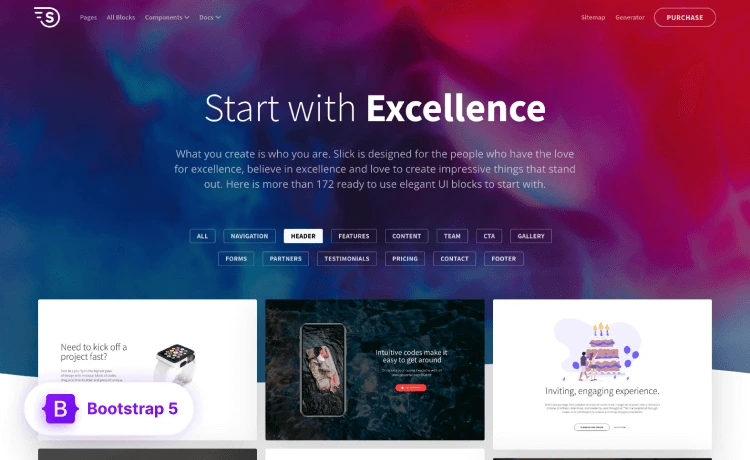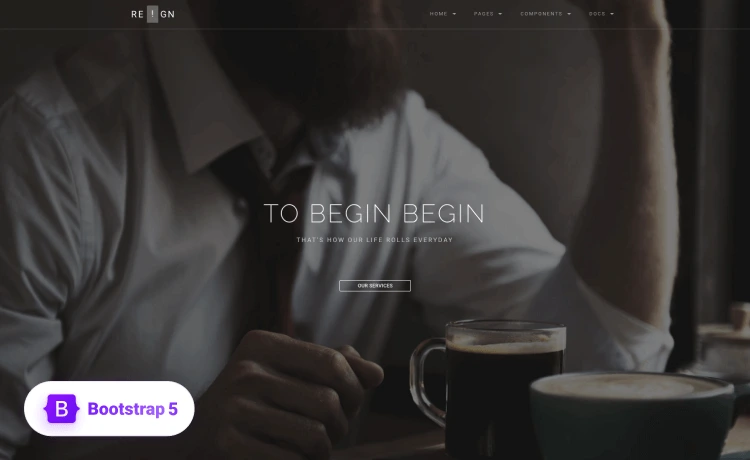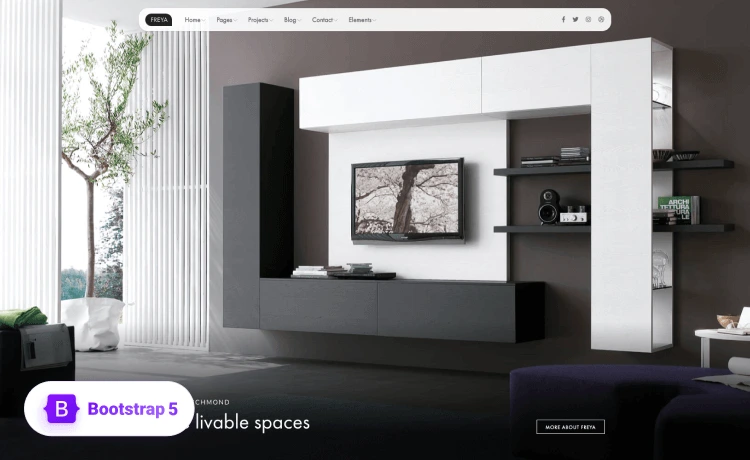In today’s digital age, having a strong online presence is crucial for businesses and individuals alike. One of the key elements in establishing this presence is a well-designed website. However, creating a website from scratch can be a daunting and time-consuming task. This is where website templates come into play.
In this blog post, we will explore the importance of website templates for marketing goals and provide valuable insights on how to choose the right template for your needs.
Understanding the Importance of Website Templates for Marketing Goals
A well-designed website can attract and engage visitors, increase brand awareness, generate leads, and ultimately drive conversions. With the right template, you can create a user-friendly and visually appealing website that effectively communicates your brand message and encourages visitors to take action.
Quantum Marketer states that there are numerous successful websites that have utilized effective templates to achieve their marketing goals. For example, Airbnb’s website template is clean, intuitive, and visually appealing, making it easy for users to search for accommodations and book their stay. Another example is MailChimp’s website template, which effectively showcases their email marketing services and encourages visitors to sign up for their platform.
Identifying Your Marketing Goals and Objectives
Before diving into the world of website templates, it is important to first identify your marketing goals and objectives. Setting clear goals will help you choose a template that aligns with your specific needs and target audience.
Some common marketing goals and objectives include increasing brand awareness, driving website traffic, generating leads, increasing sales, and improving customer engagement. By identifying your specific goals, you can choose a website template that supports these objectives and provides the necessary features and functionality.
Analyzing Your Target Audience and Niche
Understanding your target audience and niche is crucial in choosing the right website template. Your target audience consists of the individuals or groups who are most likely to be interested in your products or services. Your niche refers to the specific mhttps://predis.ai/resources/sell-products-on-social-media/arket segment that you are targeting.
Analyzing your target audience involves gathering information about their demographics, interests, preferences, and behaviors. This information will help you tailor your website template to effectively communicate with your target audience and meet their needs.
Choosing the Right Website Platform for Your Marketing Needs
When choosing a website platform, it is important to consider your specific marketing needs. For example, if you plan to sell products online, you will need a platform that supports e-commerce functionality. If you want to regularly publish blog posts or articles, you will need a platform that has a built-in blogging feature.
Additionally, consider the scalability of the platform. As your business grows, you may need to add new features or expand your website. Choosing a platform that allows for easy scalability will save you time and effort in the long run.
Exploring Different Website Template Options
Once you have chosen the right website platform, it is time to explore different website template options. There are various types of website templates available, each with its own set of pros and cons.
When exploring different website template options, consider the overall design aesthetic, layout options, and customization capabilities. Choose a template that aligns with your brand identity and effectively communicates your message to your target audience.
Evaluating the Design and Layout of Website Templates
When evaluating the design and layout of website templates, consider the overall visual appeal, color scheme, typography choices, and use of images or graphics. The design should be consistent with your brand identity and reflect the tone and personality of your business.
The layout of the template should be intuitive and user-friendly. Visitors should be able to easily navigate through the website and find the information they are looking for. Consider the placement of key elements such as the logo, navigation menu, call-to-action buttons, and contact information.
Assessing the Functionality and Features of Website Templates
When assessing the functionality and features of website templates, consider your specific marketing goals and objectives. Some common features to look for include contact forms, social media integration, e-commerce functionality, blog or news sections, image galleries, video integration, and search engine optimization (SEO) capabilities.
Consider the specific features that are important for your marketing goals and choose a template that provides these functionalities. It is also important to ensure that the template is compatible with any third-party integrations or plugins that you may need.
Considering the Customization Options of Website Templates
When considering the customization options of website templates, look for templates that offer flexibility in terms of color schemes, typography choices, layout options, and content placement. Some templates may allow you to easily change colors, fonts, and layout elements through a user-friendly interface. Others may require more technical knowledge and coding skills for customization.
Consider the level of customization that you require and choose a template that provides the necessary flexibility. It is also important to ensure that the customization options are compatible with your chosen website platform.
Checking the Responsiveness and Mobile Compatibility of Website Templates
With the increasing use of mobile devices, it is crucial that your website looks and functions well on different screen sizes. A responsive and mobile-compatible website template ensures a seamless user experience across all devices.
When checking the responsiveness and mobile compatibility of website templates, consider how the template adapts to different screen sizes. Test the template on various devices such as smartphones, tablets, and desktop computers to ensure that it displays correctly and functions properly.
Reviewing the SEO and Analytics Capabilities of Website Templates
SEO-friendly templates are designed with best practices in mind, making it easier for search engines to crawl and index your website. Look for templates that allow you to easily optimize meta tags, headings, URLs, and alt tags for images. Consider whether the template supports SEO plugins or integrations that can further enhance your website’s visibility.
Analytics capabilities allow you to track important metrics such as website traffic, user behavior, conversions, and more. Look for templates that integrate with popular analytics platforms such as Google Analytics or provide built-in analytics features. This will enable you to make data-driven decisions and continuously improve your website’s performance.
Making the Final Decision and Implementing Your Website Template
After carefully evaluating all the factors mentioned above, it is time to make the final decision on a website template and implement it on your chosen platform. Consider all the insights gathered throughout the process and choose a template that aligns with your marketing goals, target audience, niche, design preferences, functionality requirements, customization needs, and mobile compatibility.
